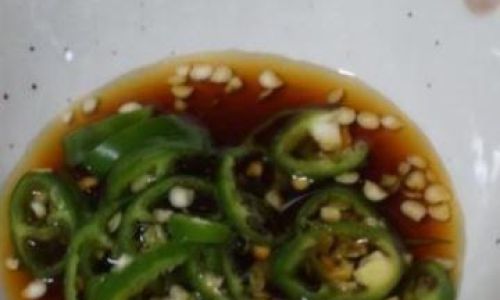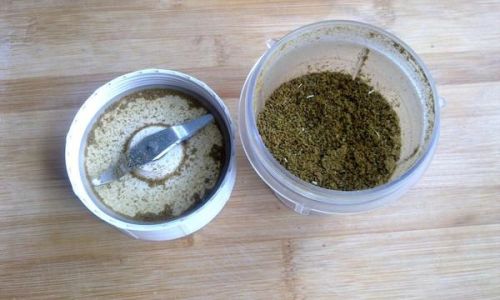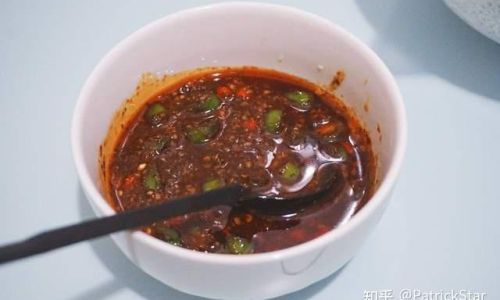Introduction
Barbecue sauce is the unsung hero of outdoor gatherings, summer cookouts, and culinary adventures. It’s the glue that binds a juicy steak, the zest that elevates grilled vegetables, and the soul that gives smoked ribs their signature flavor. But have you ever stopped to consider how this tangy, sweet, smoky concoction comes to life? Crafting your own barbecue sauce is not only rewarding but also allows you to tailor the flavors to your exact preferences. Whether you prefer a tangy Carolina vinegar-based sauce, a sweet Kansas City-style blend, a smoky Texas mustard, or an Alabama white sauce, the process begins with understanding the fundamentals. In this comprehensive guide, we’ll delve into how to make barbecue sauce from scratch, exploring key ingredients, techniques, and variations to help you create the perfect sauce for your next cookout.
Understanding the Basics

Before diving into recipes, it’s crucial to grasp the foundational elements of barbecue sauce. At its core, barbecue sauce is a blend of acid (usually vinegar or tomato-based), sweetness (often from molasses, sugar, or honey), fat (like butter, oil, or even bacon grease), and seasoning (salt, pepper, spices, and herbs). The balance of these components is what defines the sauce’s character, from tangy and vinegar-forward to rich and sweet.
Key Ingredients and Their Roles
-
Acidity: Vinegar or tomatoes provide the tangy backbone. Apple cider vinegar, white vinegar, or rice vinegar are common in vinegar-based sauces, while ketchup or crushed tomatoes form the base for tomato-based varieties.
-
Sweetness: Molasses, brown sugar, honey, or maple syrup add depth and balance the acidity. Sweeteners also contribute to the sauce’s caramelization during cooking, enhancing its flavor and texture.
-
Fat: Butter, vegetable oil, or bacon grease add richness and help the sauce coat food evenly. Fat also plays a role in the sauce’s mouthfeel, making it more luscious and satisfying.
-
Seasoning: Salt and black pepper are essential for flavor enhancement. Beyond these basics, spices like paprika, garlic powder, onion powder, and chili powder can add complexity. Liquid smoke or smoked paprika can introduce a smoky element, while mustard powder or prepared mustard can add a tangy kick.
-
Liquids: In addition to vinegar or tomatoes, you might use apple juice, beer, or even a splash of Worcestershire sauce to add additional layers of flavor.
-
Thickeners: Cornstarch, flour, or even a bit of tomato paste can be used to thicken the sauce if desired. However, some prefer a thinner sauce for better marinating and basting.
Step-by-Step Guide to Making Barbecue Sauce
Step 1: Gather Your Ingredients

Begin by assembling all your ingredients. Having everything measured and ready will streamline the process and ensure accuracy.
Step 2: Sauté the Aromatics
In a medium saucepan, heat a bit of oil or butter over medium heat. Add finely chopped onions, garlic, and any other aromatic vegetables like carrots or bell peppers. Cook until softened and fragrant, about 5-7 minutes. This step is crucial for building a flavorful foundation.
Step 3: Add the Base Ingredients
Once the aromatics are cooked, add your vinegar or tomatoes. If using tomatoes, you may need to cook them down a bit to concentrate their flavor. Stir in any liquid sweeteners like molasses or honey, and let the mixture simmer gently.
Step 4: Season and Flavor
Now, it’s time to add your seasonings and spices. Sprinkle in salt, pepper, paprika, garlic powder, onion powder, and any other spices you’re using. Stir well to combine and let the flavors meld together as the sauce simmers.
Step 5: Taste and Adjust
Taste the sauce frequently as it cooks. Adjust the seasoning as needed, adding more sweetness if it’s too tangy, or more vinegar if it’s too sweet. Remember, the flavors will continue to develop as the sauce cools, so err on the side of caution with seasoning.
Step 6: Thicken if Desired

If you prefer a thicker sauce, mix a slurry of cornstarch and water (or use flour or tomato paste) and stir it into the sauce. Let it simmer for a few more minutes until it reaches your desired consistency.
Step 7: Finish with a Touch of Fat
Stir in a knob of butter or a splash of oil at the end. This not only adds richness but also helps the sauce emulsify, creating a smoother texture.
Step 8: Cool and Store
Remove the sauce from heat and let it cool slightly. Taste again and make any final adjustments. Once cooled, transfer it to a clean jar or container and store it in the refrigerator for up to a week. For longer storage, consider canning or freezing your sauce.
Variations and Customizations
The beauty of making your own barbecue sauce is the ability to customize it to your liking. Here are some variations to inspire your culinary creativity:
-
Carolina Vinegar Sauce: Emphasize vinegar with a high ratio of apple cider or white vinegar to a small amount of sugar or molasses. Add a pinch of red pepper flakes for heat.
-
Kansas City Sweet Sauce: Use ketchup as your base and increase the sweetness with brown sugar, honey, or maple syrup. Add a splash of liquid smoke for a smoky undertone.
-
Texas Mustard Sauce: Start with a base of yellow mustard and blend in vinegar, sugar, and a touch of horseradish for tang. Add smoked paprika or chipotle peppers for smoky heat.

-
Alabama White Sauce: Use mayonnaise as your base, blending in vinegar, garlic powder, and a hint of cayenne pepper. This creamy sauce is unique and delicious on grilled chicken.
-
Memphis-Style Dry Rub Sauce: Instead of a traditional liquid sauce, blend spices like brown sugar, paprika, garlic powder, onion powder, and black pepper. Apply as a dry rub, then let the meat smoke or grill until the spices caramelize into a sticky, flavorful glaze.
-
Fruit-Infused Sauce: Add fruit purees or juices like apple, peach, or pineapple to your sauce for a tangy-sweet twist. This works well with pork and chicken.
-
Bourbon or Beer Sauce: Incorporate bourbon, beer, or even cider for a unique twist. Reduce the alcohol slightly before adding it to the sauce to concentrate its flavors.
Conclusion
Crafting your own barbecue sauce is a rewarding endeavor that opens up a world of culinary possibilities. By understanding the basic components and experimenting with different ingredients and techniques, you can create a sauce that perfectly complements your favorite grilled foods. Whether you’re hosting a backyard barbecue, tailgating at a sports game, or simply enjoying a weeknight dinner, a homemade barbecue sauce can elevate the experience. So, gather your ingredients, fire up the stove, and start blending, simmering, and seasoning until you’ve perfected your very own barbecue sauce recipe. Happy grilling!
This guide covers the essentials of making barbecue sauce, from understanding the key ingredients and their roles to providing a step-by-step process and numerous variations to inspire your creativity. With this knowledge, you’ll be well-equipped to create delicious, customized barbecue sauces that will become a staple at your next cookout or gathering. Enjoy the journey of culinary exploration and the satisfaction of crafting something truly unique and delicious.





0 comments